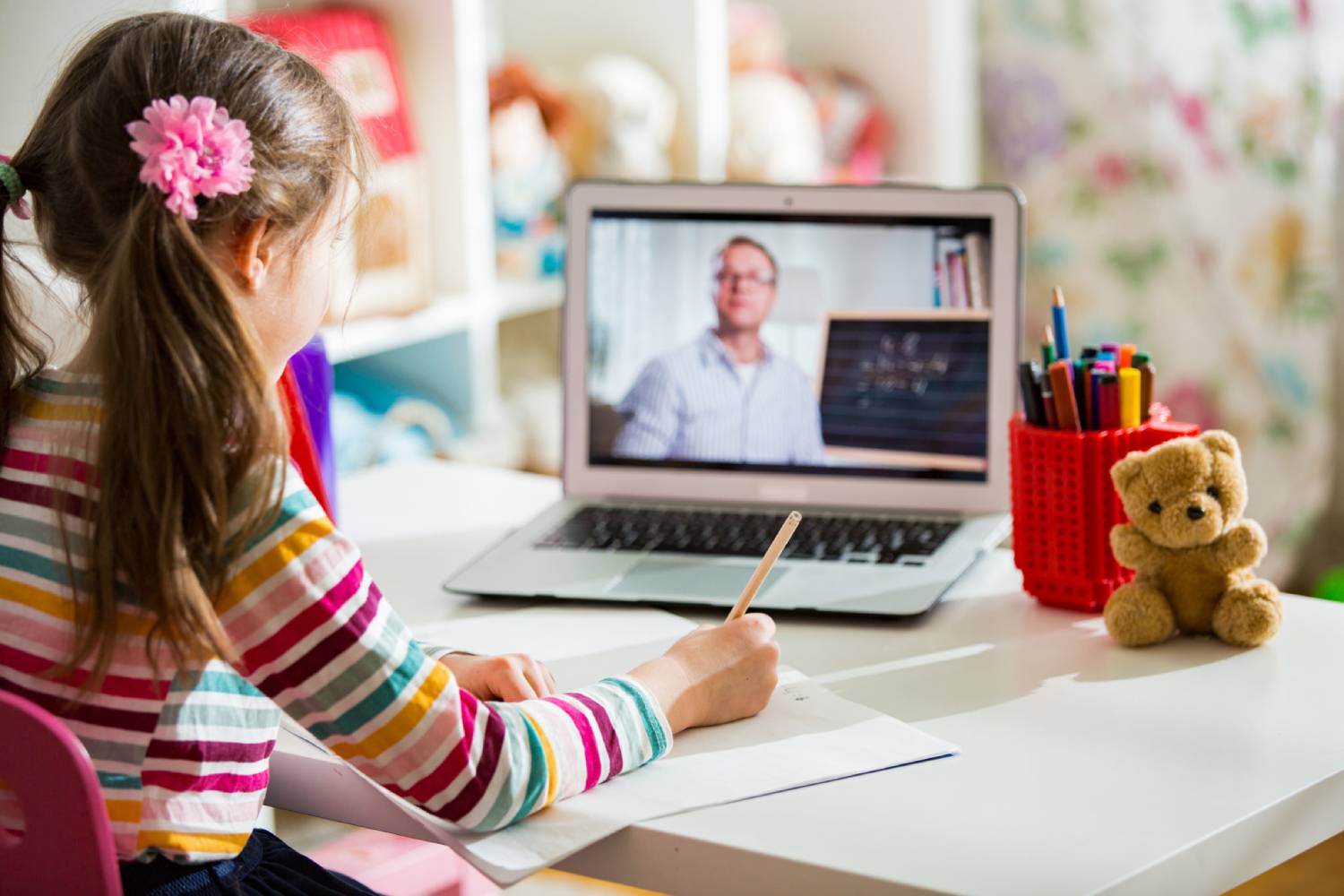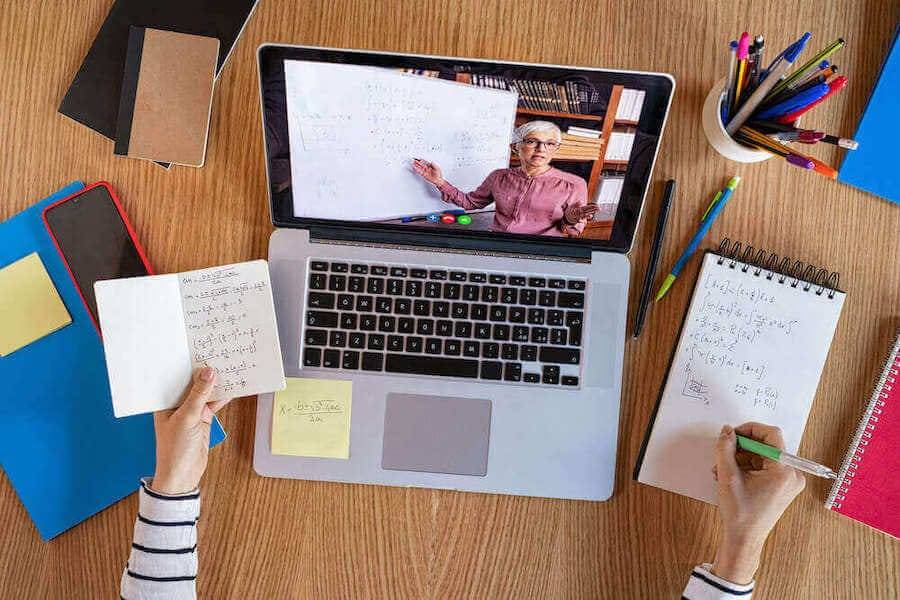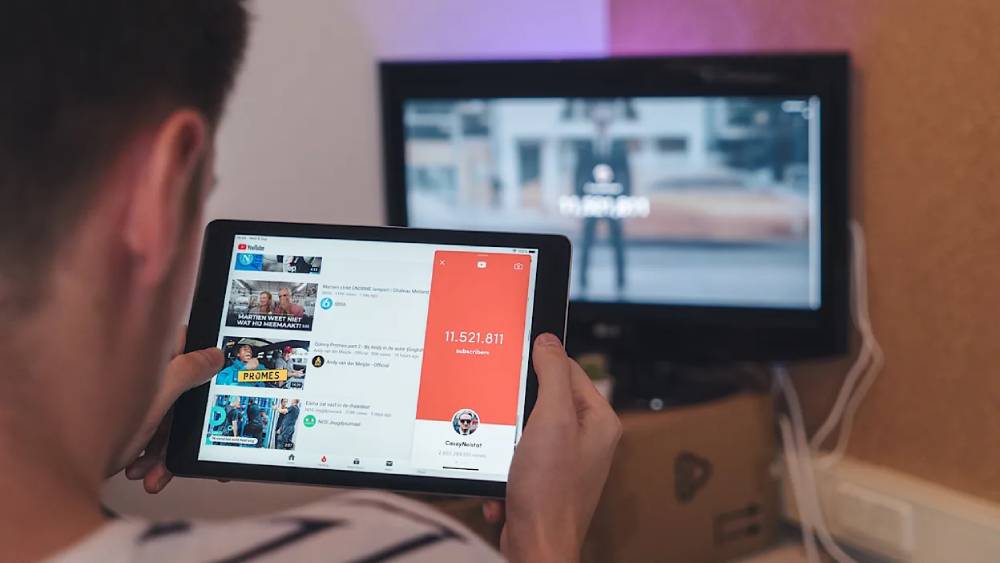
How to Use YouTube for Learning and Skill Development
Today, the internet provides many resources for learning and developing skills. YouTube is one of the most powerful platforms. YouTube is known for entertainment, but it’s also great for learning. It offers a wide variety of content for learners of all ages and interests.
This blog will look at how to use YouTube for learning and skill development. We will focus on:
- Finding the best YouTube channels for learning
- How to learn from videos effectively
- Discovering useful YouTube education hacks
YouTube is a great place to learn new skills, gain knowledge, or explore a passion project.
Key Benefits of Using YouTube for Learning

YouTube has a huge collection of free educational videos, making it a great resource for learners.
1. Accessibility and Variety
A key benefit of using YouTube for learning is how accessible it is.
- Free Learning: YouTube is free to use, needing just an internet connection.
- Diverse Content: You can find everything from math and science tutorials to DIY skills and language lessons. There’s something for every interest and learning goal.
- Global Reach: Educational videos are accessible worldwide, breaking down geographical barriers.
2. Real-Life Applications and Demonstrations
YouTube’s educational videos often show real-life examples and demonstrations. This helps viewers understand and remember the content better.
- Visual Learning: Cooking channels show step-by-step recipes.
- DIY Projects: Hands-on tutorials make complex tasks easier to follow.
- Skill-Based Content: Learn coding, photography, or music by watching practical examples.
3. Data-Backed Insights: The Effectiveness of Video Learning
Research shows that video-based learning can significantly improve information retention and engagement.
- A University of California study showed that students using video resources did better in assessments than those who only used textbooks.
- YouTube videos use visual and auditory elements. These help different learning styles and improve understanding.
How to Learn from Videos: A Step-by-Step Guide
YouTube has lots of educational content, but knowing how to learn from videos is key.
Step 1: Identify Your Learning Goals
Before diving into YouTube’s vast content, define your learning objectives:
- Skill Acquisition: Are you aiming to learn a practical skill (e.g., coding, cooking)?
- Knowledge Expansion: Are you exploring subjects like history, science, or philosophy?
- Professional Development: Are you enhancing career-related skills (e.g., Excel, public speaking)?
Clear goals will help you filter content and stay focused.
Step 2: Find the Best YouTube Channels for Learning
With millions of channels available, finding high-quality educational channels is key.
Recommended Educational Channels:
- Khan Academy → Math, science, and economics explained with clarity.
- CrashCourse → Engaging lessons on science, history, and literature.
- TED-Ed → Animated videos that explain complex topics in simple terms.
- SmarterEveryDay → Science and engineering explained through practical experiments.
- Programming with Mosh → Coding tutorials for beginners and advanced learners.
Tip: Search for channels that have many subscribers, good reviews, and organised playlists. This will give you a better learning experience.
Step 3: Engage Actively with the Content
Simply watching videos passively is not enough. Engage actively by:
- Taking Notes: Write down key concepts and examples.
- Pausing and Replaying: Rewatch complex sections for better understanding.
- Applying What You Learn: Practice skills by replicating the demonstrations.
Step 4: Leverage YouTube Education Hacks
There are several YouTube features and hacks that can optimise your learning experience:
- Playback Speed:
- Slow down videos to absorb complex concepts more effectively.
- Speed up videos to review familiar content quickly.
- Subtitles and Captions:
- Enable subtitles to improve comprehension, especially for non-native English speakers.
- Use auto-translate to access content in different languages.
- Keyboard Shortcuts:
- Press K to pause/play, J to rewind 10 seconds, and L to fast-forward 10 seconds.
- Use Timestamps:
- Jump to specific sections by clicking on timestamps in the video description.
Step 5: Evaluate and Reflect on Your Learning
After watching a video:
- Summarise Key Points: Write down takeaways and reflect on how they align with your learning goals.
- Apply the Knowledge: Try practical exercises or test yourself.
- Seek Additional Resources: Supplement with articles, podcasts, or books to deepen your understanding.
Additional Expert Tips & Common Mistakes to Avoid

Best Practices for Effective YouTube Learning:
- Curate Playlists:
- Organise videos into playlists by topic or course to structure your learning.
- Use YouTube’s “Watch Later” Feature:
- Save useful videos for later reference.
- Mix Theory with Practice:
- Apply concepts in real-life scenarios or personal projects.
Common Mistakes to Avoid:
- Passive Watching:
- Watching without engagement reduces retention.
- Overloading on Content:
- Watching too many videos without applying the knowledge can lead to information overload.
- Ignoring Video Descriptions:
- Many channels include links to resources, worksheets, or recommended reading in the description.
Advanced Insights and Expert Recommendations
1. Curate Personalised Learning Paths
Instead of watching random videos, create structured learning paths:
- Use Playlists: Group related videos into playlists.
- Combine Multiple Channels: Select complementary channels to cover a topic thoroughly.
- Follow Video Series: Many creators offer multi-part courses for in-depth learning.
2. Collaborate with Online Learning Communities
Join online forums or groups related to your area of interest:
- Reddit, Discord, and Facebook groups offer discussion opportunities.
- Share your knowledge and seek feedback from fellow learners.
3. Explore YouTube Premium for Enhanced Learning
Consider subscribing to YouTube Premium for:
- Ad-free viewing: No interruptions during lessons.
- Offline downloads: Learn on the go, even without internet access.
- Background play: Continue listening while using other apps.
Mastering New Skills with YouTube: A Guide to Effective Learning

YouTube is a great resource for learning and developing skills. It gives free access to quality educational content. Set clear learning goals. Find the best YouTube channels. Engage with the content. This way, you can maximise your educational experience.
Use YouTube education tips, steer clear of common mistakes, and put what you learn into practice.
As you start your YouTube learning journey, keep in mind that staying consistent and actively engaging is vital for mastering new skills.
So, why not start today? Dive into the wide range of educational content on YouTube. Start your journey to reach your learning goals today.